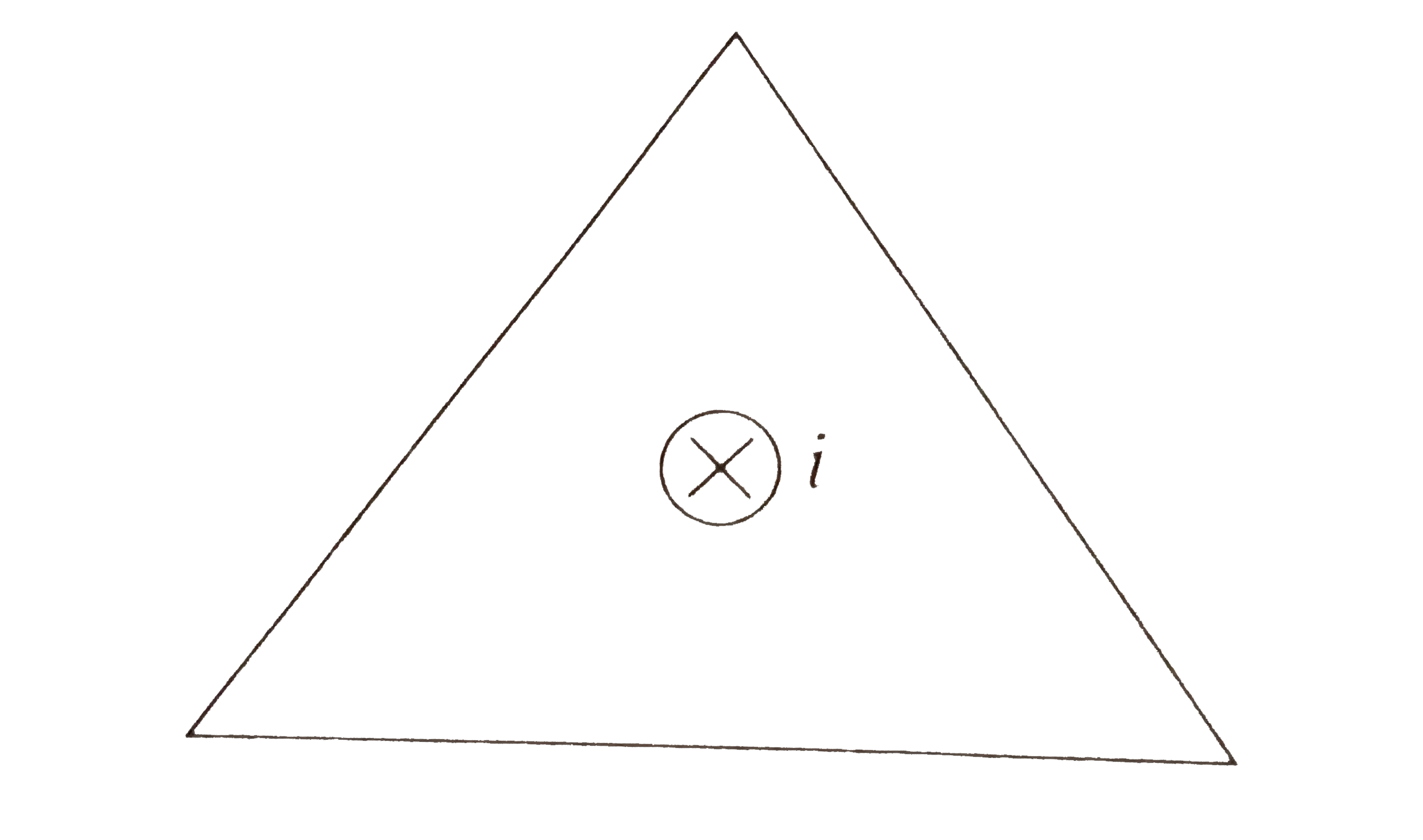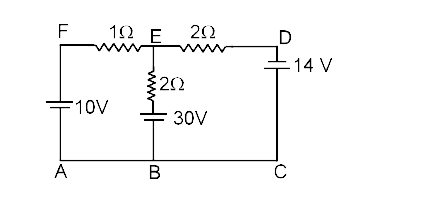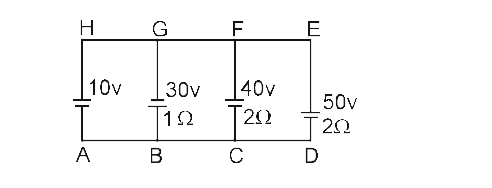The current in a wire depends
only on the potential difference applied
only on the resistance of the wire
none of them
on both of them
To solve the question "The current in a wire depends on...", we can analyze the relationship between current (I), potential difference (V), and resistance (R) using Ohm's Law.
1. Understanding Ohm's Law:
Ohm's Law states that the current (I) flowing through a conductor between two points is directly proportional to the voltage (V) across the two points and inversely proportional to the resistance (R) of the conductor. This can be mathematically expressed as:
I=VR
2. Identifying the Variables:
- Current (I): The flow of electric charge.
- Potential Difference (V): The difference in electric potential between two points.
- Resistance (R): The opposition to the flow of current in the conductor.
3. Analyzing the Relationship:
- According to Ohm's Law, if the potential difference (V) increases while the resistance (R) remains constant, the current (I) will increase.
- Conversely, if the resistance (R) increases while the potential difference (V) remains constant, the current (I) will decrease.
4. Conclusion:
From the above analysis, we can conclude that the current in a wire depends on both the applied potential difference (V) and the resistance (R). Therefore, the correct answer to the question is that the current depends on the potential difference and the resistance.
Final Answer:
The current in a wire depends on the applied potential difference (V) and the resistance (R).
---
Ohm's Law states that the current (I) flowing through a conductor between two points is directly proportional to the voltage (V) across the two points and inversely proportional to the resistance (R) of the conductor. This can be mathematically expressed as:
I=VR
- Current (I): The flow of electric charge.
- Potential Difference (V): The difference in electric potential between two points.
- Resistance (R): The opposition to the flow of current in the conductor.
- According to Ohm's Law, if the potential difference (V) increases while the resistance (R) remains constant, the current (I) will increase.
- Conversely, if the resistance (R) increases while the potential difference (V) remains constant, the current (I) will decrease.
From the above analysis, we can conclude that the current in a wire depends on both the applied potential difference (V) and the resistance (R). Therefore, the correct answer to the question is that the current depends on the potential difference and the resistance.
The current in a wire depends on the applied potential difference (V) and the resistance (R).
Topper's Solved these Questions
- CURRENT ELECTRICITYBOOK - CENGAGE PHYSICSCHAPTER - CURRENT ELECTRICITYEXERCISE - MANDATORY EXERCISE(EXERCISE SET III)
5 Videos
- CURRENT ELECTRICITYBOOK - CENGAGE PHYSICSCHAPTER - CURRENT ELECTRICITYEXERCISE - MANDATORY EXERCISE(EXERCISE SET IV)
3 Videos
- CURRENT ELECTRICITYBOOK - CENGAGE PHYSICSCHAPTER - CURRENT ELECTRICITYEXERCISE - OLYMPIAD AND NTSE LEVEL EXERCISES
10 Videos
- ATOMIC AND NUCLEAR PHYSICS BOOK - CENGAGE PHYSICSCHAPTER - ATOMIC AND NUCLEAR PHYSICS EXERCISE - OLYMPIAD AND NTSE LEVEL EXERCISES
8 Videos
- ELECTROMAGNETIC INDUCTION BOOK - CENGAGE PHYSICSCHAPTER - ELECTROMAGNETIC INDUCTION EXERCISE - OLYMPIAD AND NTSE LEVEL EXERCISES
10 Videos
Similar Questions
A current carrying wire (straight) passes inside a triangular coil as shown in figure. The current in the wire is perpendicular to paper inwards. Find the direction of induced current in the loop if current in the wire is increasing with time.

View SolutionA current carrying straight wire passing inside a triangular loop as shown in Figure. The current in the wire is perpendicular to paper inwards. Find the direction of the induced current in the loop if current in the wire is increased.

View Solution
Knowledge Check
Assertion: A current carrying wire should be charged.
Reason : The current in a wire is due to flow of free electrons in a definite direction.AIf both assertion and reason are true and reason is the correct explanation of assertion.BIf both assertion and reason are true but reaso is not the correct explanation of assertion.CIf assertion is true but reason is false.DIf both assertion and reason are false.The resistance of a current carrying wire depends on
Athe area of cross-section of the conducting wire.Bthe length of conducting wire.Cthe material of the wire.DAll the above capacitor
A current carrying straight wire passes inside a triangular coil as shown in figure. The current in the wire is perpendicular to paper inwards. Find the direction of the induced current in the loop, if current in the wire is increased.

View SolutionFind the current in each wire

View SolutionFind the current in each wire

View SolutionFind the current in each wire

View SolutionFind the current in each wire

View SolutionFind the current in each wire

View Solution
